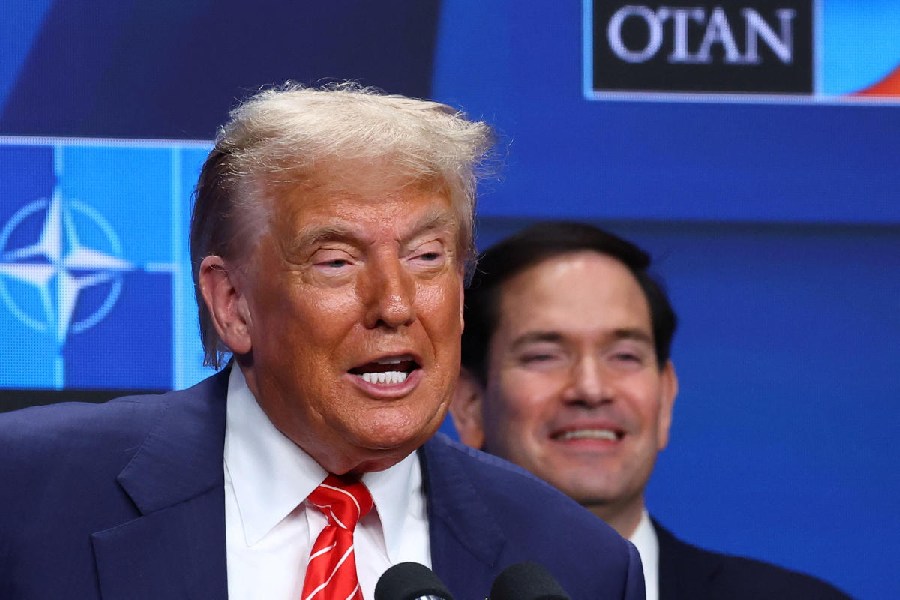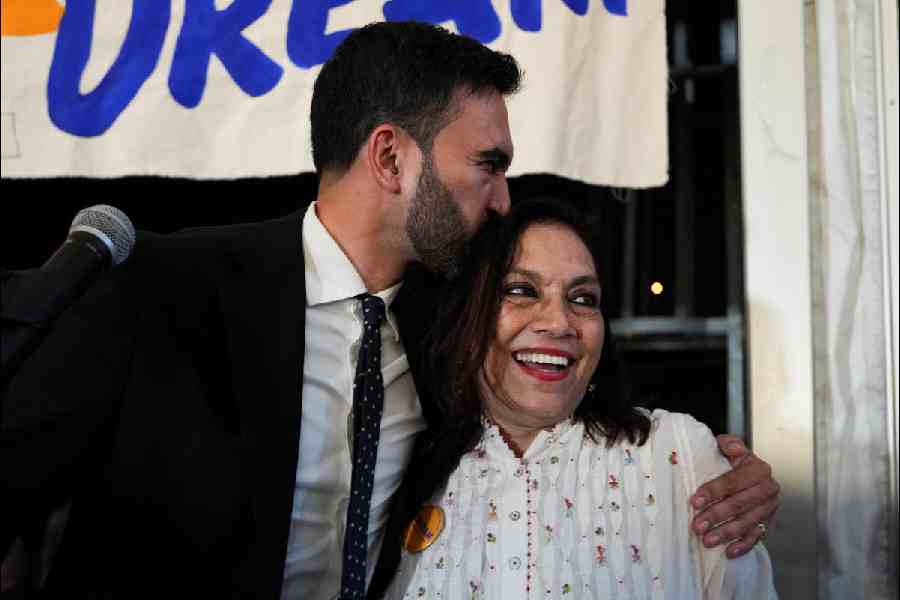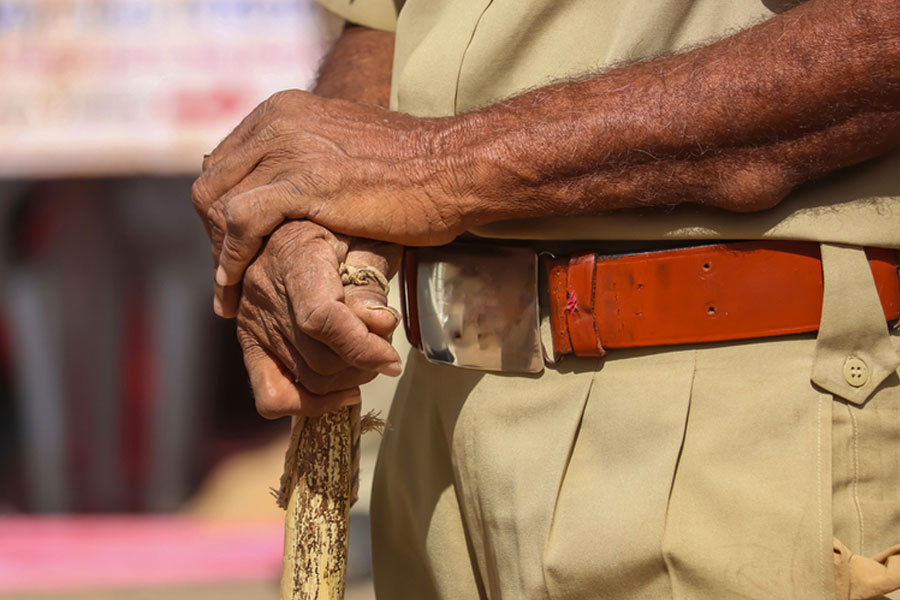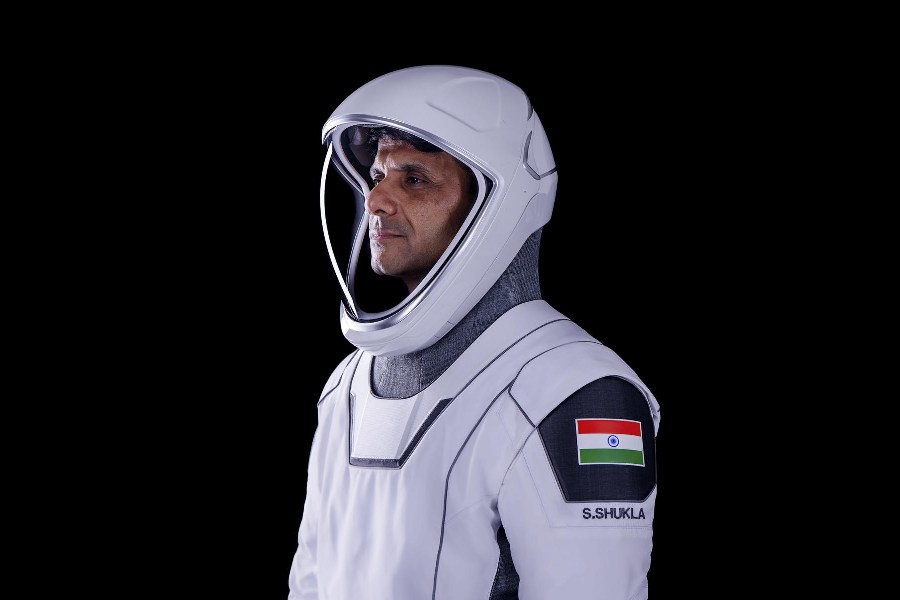In Mumbai, a ban by high priests on mixed marriages has left Parsis worried. Back in Calcutta, the dwindling community is debating whether or not to cremate its dead or leave the bodies at the Tower of Silence, at Beleghata, for vultures to devour, in accordance with tradition.
The contentious issue arose in July when former Parsi Zoroastrian Association president Adi B. Rabadi was cremated, according to his last wishes.
Hours before death, Rabadi was also learnt to have written an open letter, urging all Parsis in the city to go for an alternative mode of disposal of bodies. The traditional system of ‘Dokhmanashini’ “is no longer effective, mainly because of the near-extinction of vultures”, he wrote.
But the departure from tradition had evoked strong protests from the five priests, who did not participate in the four-day religious rites.
“We boycott all religious rites for four days if bodies are cremated. Our tradition does not approve of burning bodies, since we worship fire round the clock at the Beleghata Tower. The main objective is not to pollute the fire,” said S.R. Kotwal, head priest of the Parsis.
He made it clear on Monday that they would continue to boycott all religious rites if Parsis of the city opt for cremation instead of the traditional practice. Kotwal felt a majority of the Parsis would still prefer to leave the bodies at the Tower of Silence.
According to him, only three families had opted for cremation of 15 deaths last year. “This year, only one body has been cremated out of seven so far,” Kotwal added.
However, ignoring the high priests’ diktat, a majority of the Parsis are veering round to the practice of cremating bodies, because they think it is more scientific. Many of them also suggest that an ‘exclusive’ crematorium be constructed from funds to be raised from the sale of community properties in Rainey Park, in south Calcutta.
“Rabadi’s letter is an eye-opener on how honourably to dispose of dear ones, since the existing system has come to a grinding halt, in the absence of the birds,” observed H.C.Gotla, president of the Parsi body.
Gotla told Metro on Monday that an open letter was issued to all 360 families in the city, along with a self-addressed, pre-stamped inland letter, containing a questionnaire on whether to do away with the present system of leaving the bodies to rot or choose an alternative mode.
“We have received 17 replies so far from members of the community and some of them advocate a change, provided certain conditions are met,” Gotla said.
In the questionnaire, issued by association secretary Dinsha B. Surti, the Parsis have been asked to indicate their approval, or otherwise, of continuing with the present system of Dokhmanashini or opt for cremation, “which is an environment-friendly method.”
“We have been witnessing a turmoil, as the community is still divided over the mode of disposal of bodies. Only a few are opting for cremation, while most prefer to go along with the traditional system, fearing wrath of the high priests,” said Surti.









